7 December 2024
Touchscreens are everywhere these days, aren’t they? From smartphones to tablets, smartwatches, and even the infotainment system in your car, touchscreens have become an integral part of our daily lives. But let's be honest, tapping glass all day can feel a bit... lifeless, right? That’s where haptic feedback steps in to save the day. It’s like giving your touchscreen a personality – something that makes the interaction feel more satisfying and tangible. But what exactly is haptic feedback, and how does it improve your touchscreen experience? Let’s dig into this fascinating world and see how it works!
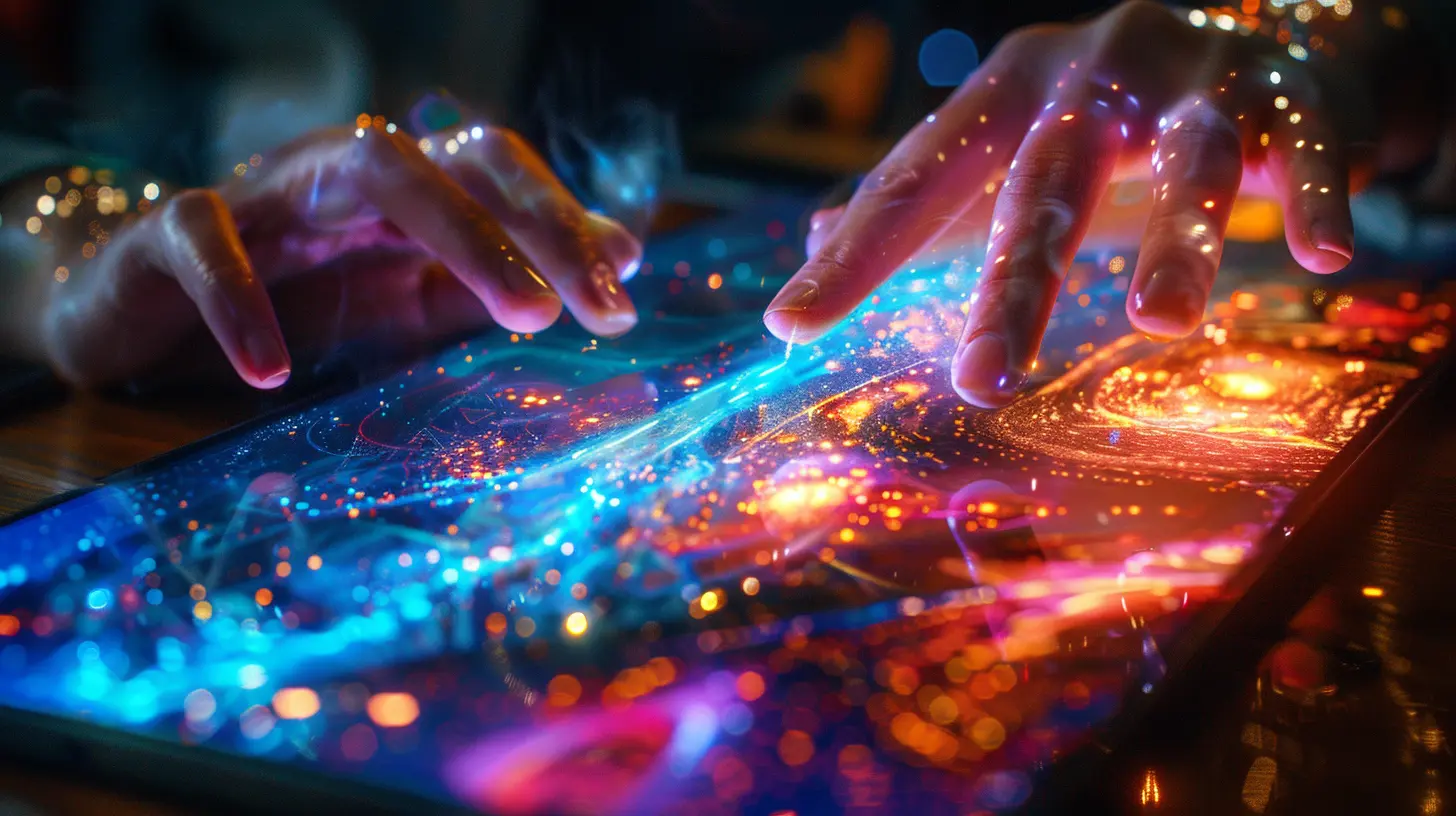
What is Haptic Feedback?
Before we get into how it enhances your touchscreen experience, let’s first understand what haptic feedback is. The word “haptic” comes from the Greek word "haptikos," which means "able to touch or perceive." Essentially, haptic feedback refers to the technology that uses vibrations, motions, or forces to simulate the sense of touch. When you touch a button on your phone and it vibrates ever so slightly, that’s haptic feedback in action.It’s a way of giving you a physical response when you interact with a digital interface. Instead of just seeing or hearing something, you can feel it. And let’s face it, touch is one of our most primal senses. Incorporating it into technology doesn’t just make things more fun; it makes interactions more intuitive and immersive.
A Brief History of Haptic Feedback
Believe it or not, haptic feedback has been around for longer than you might think. Early forms of this technology were used in aircraft controls and medical simulations to provide tactile responses to pilots and surgeons. However, its integration into consumer electronics – particularly touchscreens – is a relatively recent phenomenon, gaining popularity with devices like the iPhone, game controllers like the PlayStation DualShock, and even wearables like smartwatches.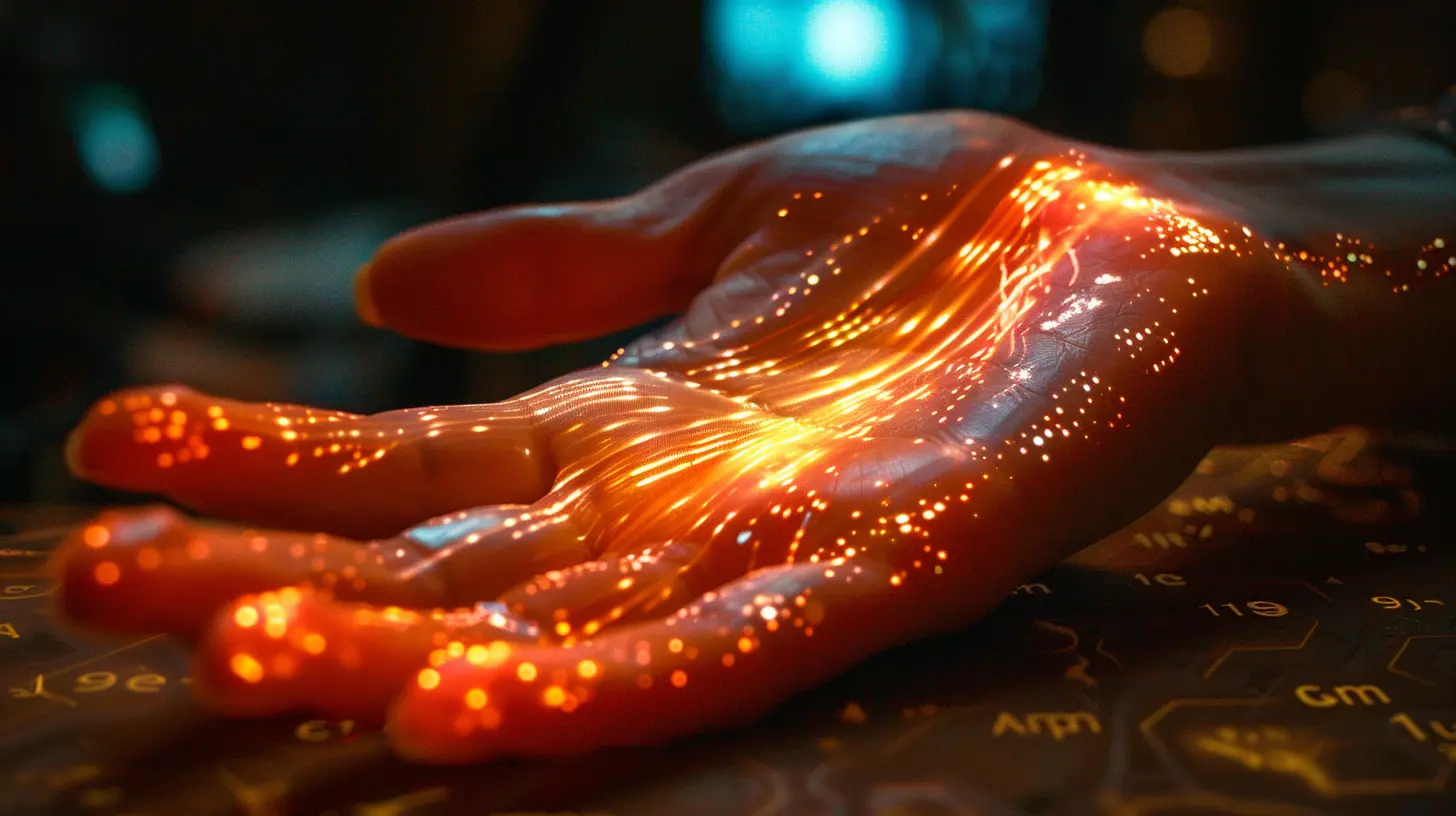
How Does Haptic Feedback Work?
Now that we know what haptic feedback is, let’s break down how it works. At the heart of this technology are tiny motors known as actuators. When an action occurs – like when you press a virtual button – the actuator creates a vibration or movement, which you then feel as feedback.There are two main types of haptic feedback:
1. Vibration-based Haptics: This is the most common type and one you’ve probably experienced before. It’s when your phone buzzes after pressing a button, giving you a sense of confirmation that your input was registered.
2. Force-based Haptics: This is a little more advanced. Instead of just vibrating, the screen itself may push back against your finger, simulating the feeling of pressing a physical button. This is more common in specialized devices like virtual reality gloves or certain high-end game controllers.
The Science Behind the Sensations
The actual sensation you feel depends on the frequency and amplitude of the vibration. Higher frequencies can feel like a quick tap or buzz, while lower frequencies might feel more like a rumble. This variability allows for different kinds of feedback depending on the action, giving you a richer and more varied interaction with your device.Imagine this: pressing a virtual piano key on a touchscreen and feeling a subtle vibration that mimics the action of pressing a real key. That’s haptic feedback giving you a more realistic experience. Cool, right?
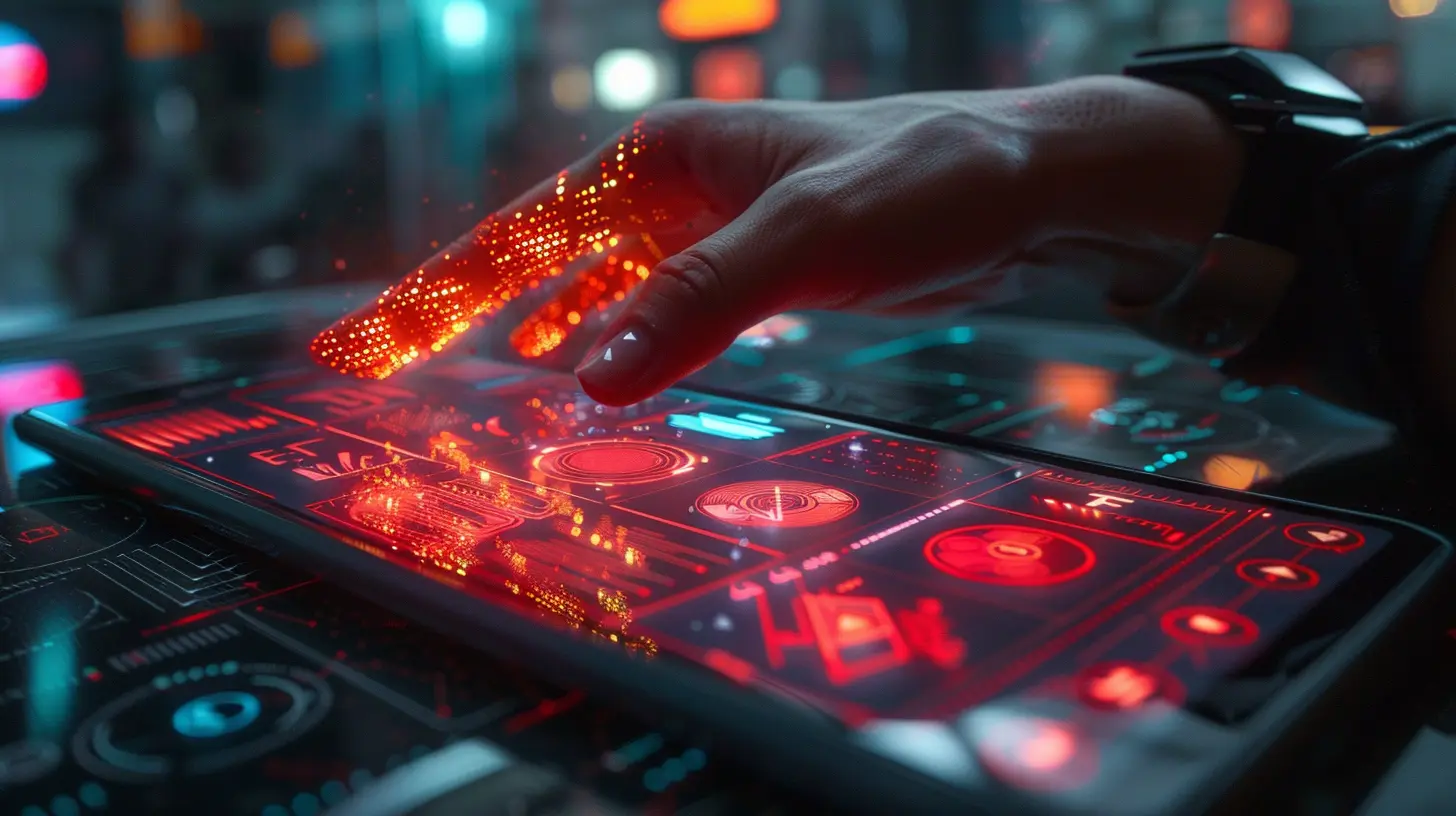
Why Haptic Feedback Enhances the Touchscreen Experience
Okay, so now we know what haptic feedback is and how it works. But why does it make such a difference in our everyday touchscreen interactions? Here are a few compelling reasons why haptic feedback enhances the touchscreen experience:1. Improves User Accuracy and Confidence
Have you ever pressed a button on your phone, only to wonder if it actually registered? Without any tactile feedback, it’s hard to tell sometimes. Haptic feedback solves this problem. That little buzz or vibration tells you immediately that your action has been recognized, which can significantly improve your accuracy. No more second-guessing whether you've hit the right button or not.Plus, that vibration gives you a sense of confidence. You know you pressed the button because you felt it. It’s like when you’re typing on a physical keyboard – you can feel each keystroke, which makes typing faster and more accurate. Haptics brings that same certainty to your touchscreen.
2. Makes Touchscreens More Intuitive
Humans are naturally tactile creatures. We’ve spent thousands of years interacting with the world by touching things. So, when technology can mimic that sensation, it feels more natural to us. Haptic feedback makes using a touchscreen feel less like you’re interacting with a flat piece of glass and more like you’re engaging with something real and responsive.For example, when you scroll through a list and feel tiny vibrations as you reach the end, it’s a subtle but effective way to tell you there are no more items to scroll through. Without that feedback, you’d have to rely solely on visual cues – which can sometimes be missed. Haptics taps into our natural instinct to touch and feel the world around us.
3. Enhances Gaming and Media Experiences
If you’re a gamer, you already know how much haptics can add to the experience. Game controllers have been using vibration feedback for years to simulate everything from car crashes to gunfire. But with the rise of mobile gaming, haptics has become a key feature on smartphones too.Imagine playing a racing game on your phone. You steer your car by tilting the screen, and when you crash into a wall, the phone vibrates in your hand. That vibration makes the crash feel more intense and real, adding an extra layer of immersion to the game.
It’s not just for gaming, though. Even watching movies or listening to music can be enhanced with haptics. Some apps sync vibrations to the beat of the music or the action happening on the screen, making the experience more engaging physically, not just visually and audibly.
4. Accessibility Benefits
One area where haptic feedback really shines is in accessibility. For people with visual impairments, haptics can be a game-changer. When combined with audio cues, haptic feedback can help guide users through menus, apps, and other digital interfaces, providing a more inclusive experience.For example, haptics can help a visually impaired user navigate a touchscreen keyboard by providing feedback for each key press. This tactile response can make typing and interacting with the device more manageable, even without being able to see the screen clearly.
5. Adds a Level of Satisfaction and Engagement
Let’s be honest here – haptic feedback just feels good. There’s something undeniably satisfying about pressing a button and feeling a little buzz in response. It makes the experience feel more engaging and interactive. Without it, touchscreens can feel sterile and disconnected.Think about it like this: you wouldn’t want to play a piano where you couldn’t feel the keys, right? The tactile sensation is part of the joy of playing. Haptics brings a similar sense of satisfaction to touchscreen interactions, making them more enjoyable overall.
6. Provides Subtle Notifications
Haptic feedback isn’t just for button presses. It can also be used for notifications, offering a more discreet way to alert you without making a sound. For example, your phone might give you a subtle buzz in your pocket to let you know you’ve received a text message. Or your smartwatch might vibrate slightly to remind you of an upcoming meeting.These small vibrations are less intrusive than loud alerts or beeps, making them perfect for situations where you need to stay notified but don't want to disturb those around you.

The Future of Haptic Feedback
So, what’s next for haptic feedback? As technology continues to evolve, we can expect haptics to become even more sophisticated and widespread. Here are a few exciting developments on the horizon:1. Advanced Haptics in Virtual Reality: VR is all about immersion, and haptic feedback plays a massive role in that. Imagine wearing gloves that let you feel the texture of virtual objects or a vest that vibrates when your character gets hit in a game. The possibilities are endless.
2. Ultra-Precise Haptics: Current haptics tech is great, but it’s not perfect. In the future, we could see more precise haptic feedback that can simulate the feeling of different materials – like wood, metal, or fabric – when you touch them on a screen.
3. Haptics in Everyday Devices: As haptics become more affordable and versatile, we’ll likely see it integrated into more everyday devices. Imagine your kitchen appliances or home automation systems utilizing haptic feedback to improve usability.
Conclusion
Haptic feedback may seem like a small feature, but it plays a significant role in making touchscreen interactions more intuitive, engaging, and satisfying. Whether it's enhancing accuracy, providing subtle notifications, or making gaming experiences more immersive, haptics has changed the way we interact with our devices. And as this technology continues to evolve, we can expect even more exciting developments in the years to come.Next time you feel that little buzz when you tap on your phone, take a moment to appreciate the complex technology behind it and how much it enhances your overall experience.




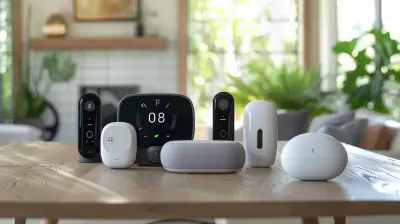


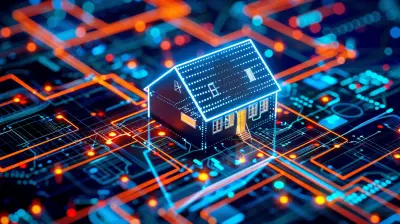


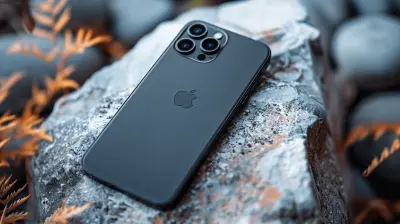
Maribel Phillips
Haptic feedback transforms touchscreens into immersive experiences, bridging the gap between digital and reality—enhancing interaction and redefining user engagement!
March 7, 2025 at 5:57 AM